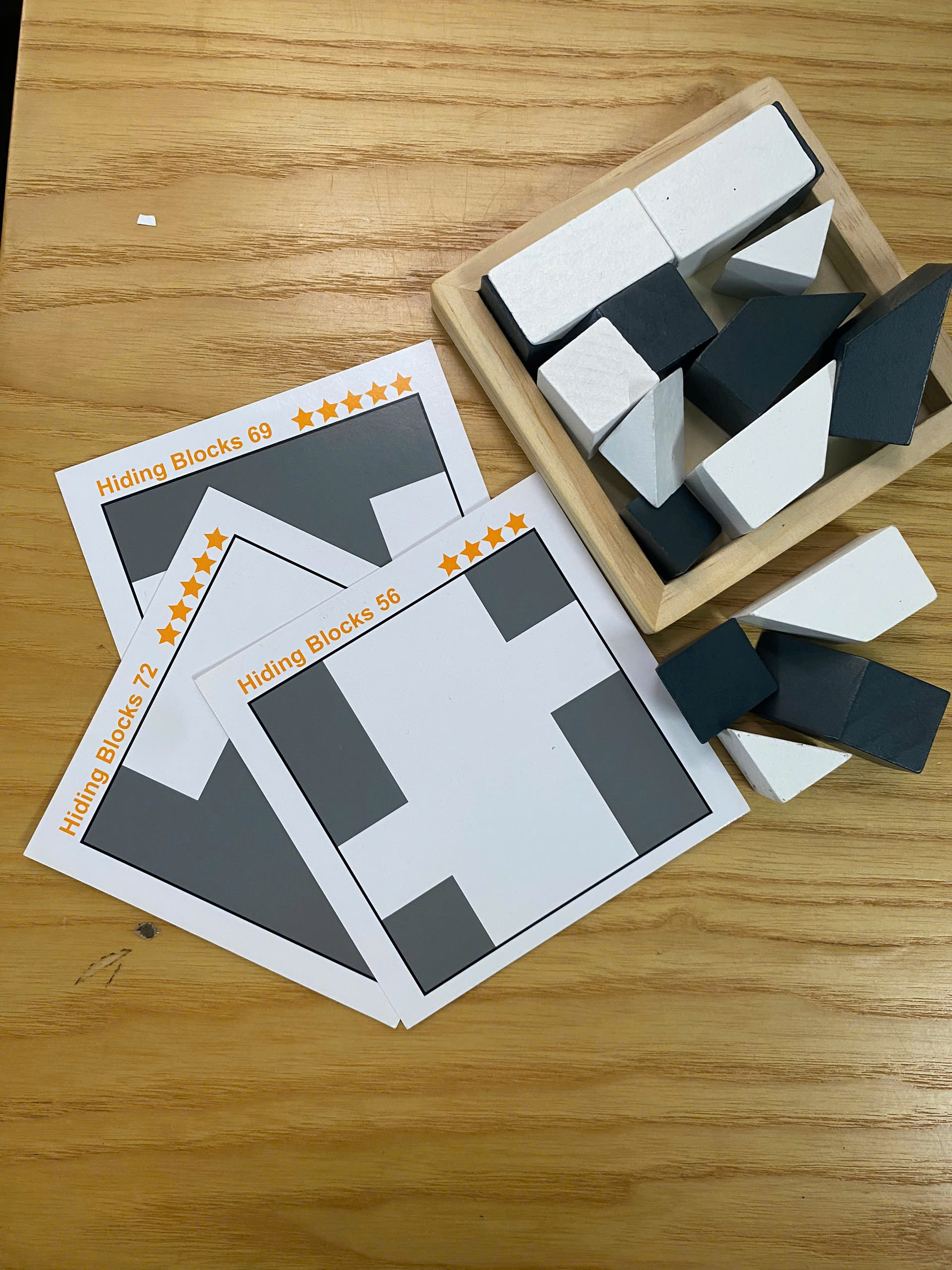
As a child, I loved to read. I would bring a book with me everywhere, including to the dinner table. An early reader, I devoured chapter books by the time I was five and, frankly, haven’t stopped! If given the time, I would read a book a day.
When I taught kindergarten, one of the most common concerns among parents was whether their children were reading well enough. Since reading is not only one of my favorite things but also an important academic and life skill, I worked hard to instill a love of reading in my students and to support their families to implement reading strategies at home. Here are some of my tried-and-true ways to support your child’s reading development at home.
-
- Play with the Alphabet: The alphabet is the foundation for reading. Having a solid understanding of letter identification and sounds will support your child as they learn to read. Practice identifying letters and learning letter sounds during everyday activities through games. Play Letter I Spy during walks or drives by using street signs, billboards, or license plates. Go on an alphabet hunt using materials you have around the house to spend some focused time identifying letters while having fun! During dinner prep, ask your child to think of a word that starts with the same sound as their name or a common ingredient. For example, “Sam” starts with the s sound. What other words start with the s sound? “Broccoli” starts with b sound. What else starts with the b sound? Games such as alphabet match up, alphabet memory, or the magic alphabet jar are all engaging ways to practice learning letters and letter sounds with your child.
- Put Books Everywhere: Encourage reading all the time—not just at bedtime. The more your child has access to books and practices their reading skills, the more they will improve. Bring books with you during car rides, while waiting in lines, or even to the grocery store. My older child loves to read a book at the table while I make his breakfast in the morning. This gives him a calm way to start the day and some solid reading time. The more you incorporate books into everyday activities, the more likely your child will choose to read on their own. Having a variety of reading materials around will not only support your child’s interest in reading, but it will also improve their ability to read because they are being exposed to different kinds of texts.

- Read Together: Read with your child everyday. When you read with your child, consider these ideas to support their literacy development.
- Read the Same Stories Over and Over Again: This supports their reading comprehension, provides exposure and practice with common sight words, and increases their comfort with retelling stories.
- Ask Questions as You Read: Support reading comprehension by asking your child about the text as you read. You can ask them the 5 W’s (who, what, where, why, when), specific things about a character or event, or open-ended questions such as, “What do you think will happen next?” For independent reading, encourage your child to keep track of their questions while reading by using notes or a question tracker.
- Read Collaboratively: Read a story together by having your child echo read (repeat after you), read at the same time, or finish a sentence. This last suggestion can be particularly effective when there is repetitive text or rhyming in a story. Reading together ensures that your child is actively engaging in the text while being given support along the way.
- Track Text: Point to the words as you read them with a pointer, finger, or popsicle stick. This will help your child make sense of the text and accurately decode words as they read along with you. You can create practice using a worksheet such as this one.
- Use a Checklist: Help your child remember strategies such as reading left to right and top to bottom, and using the pictures with a handy checklist bookmark as they read.
- Model Reading: Children emulate what they see, so if they see you reading daily, they will also be more interested in reading on their own. Even young children can explore texts before knowing how to read words by looking at pictures and pointing to things they find interesting. The more your child sees you reading, the more they will see reading as an enjoyable daily activity.
- Find the Right Level: When your child is reading on their own, it is important to identify the right level of complexity to meet your child’s needs. Many schools use a leveled reading program and can let you know what level your child is currently reading. You can also start at a lower level and work your way up to find the sweet spot or “just right book” for your child to read independently. To identify a just right book, your child should be able to identify five or less words that are tricky to read on any given page. If there are more than five tricky words, consider trying a different text.These online, interactive leveled books are a great place to start.
Reading is not only an important academic and life skill, it can also be an enjoyable way to unwind, learn about current events or topics of interest, and provide fun bonding for you and your family. I hope these strategies support you in reading with your child every day!
Source: Education.com





